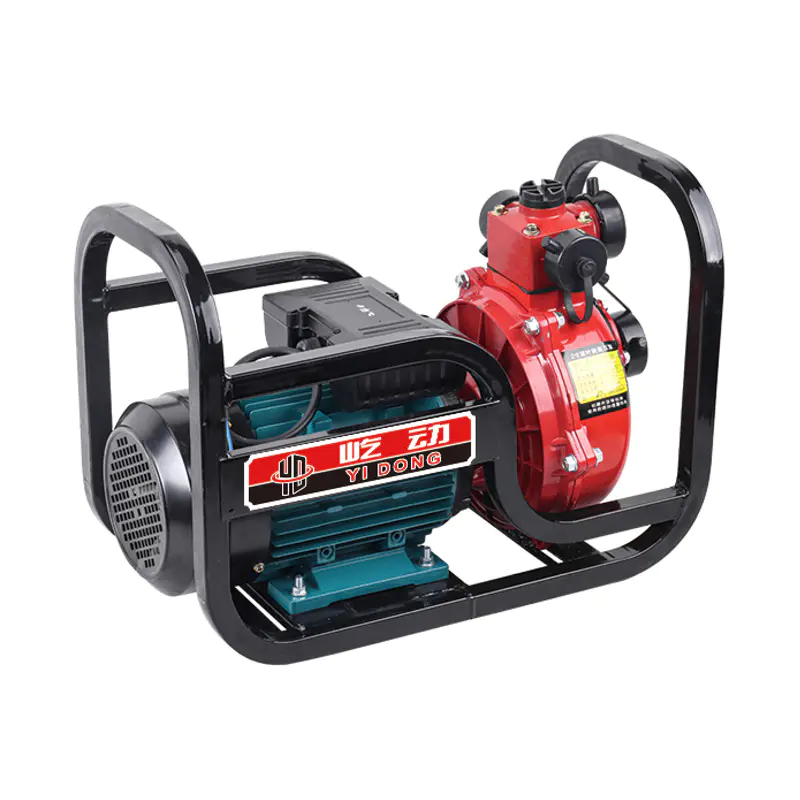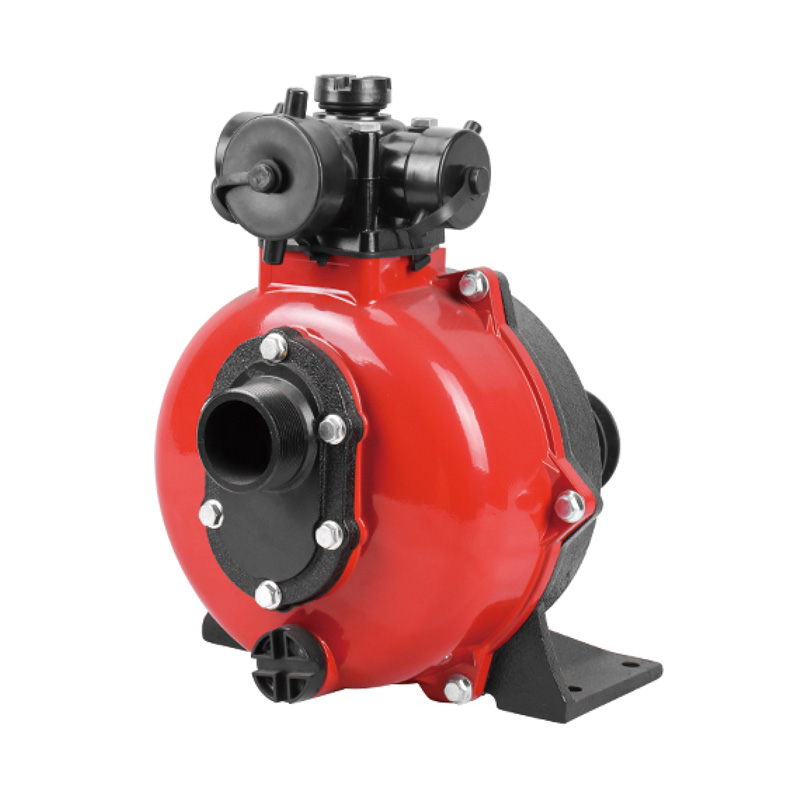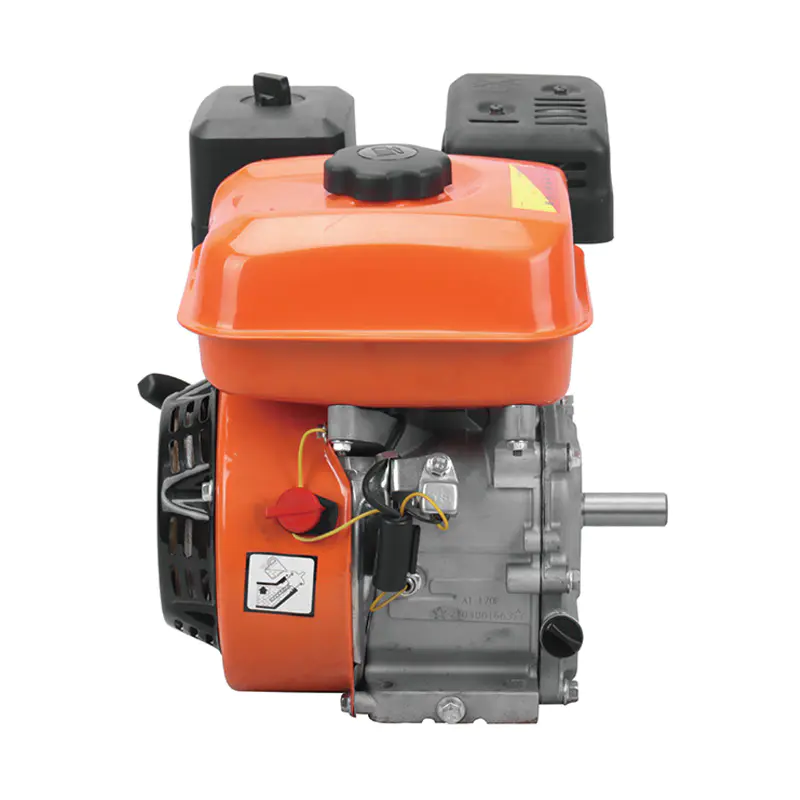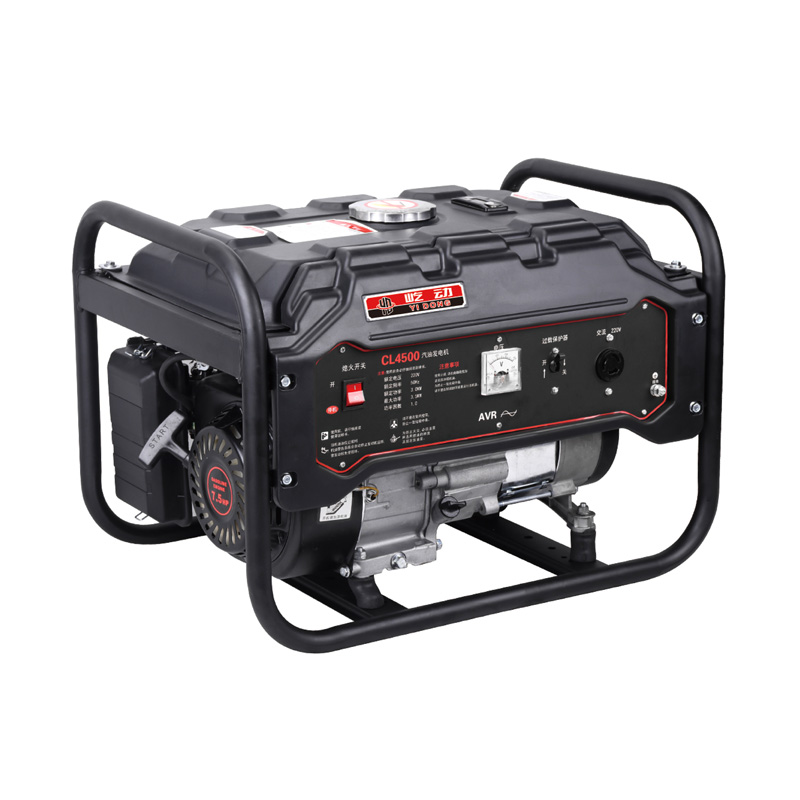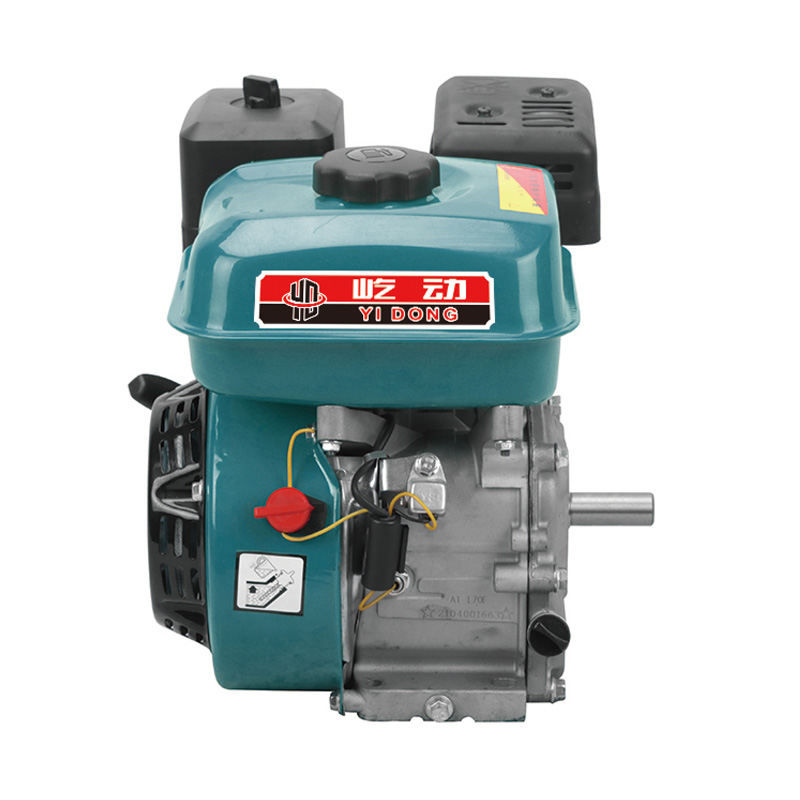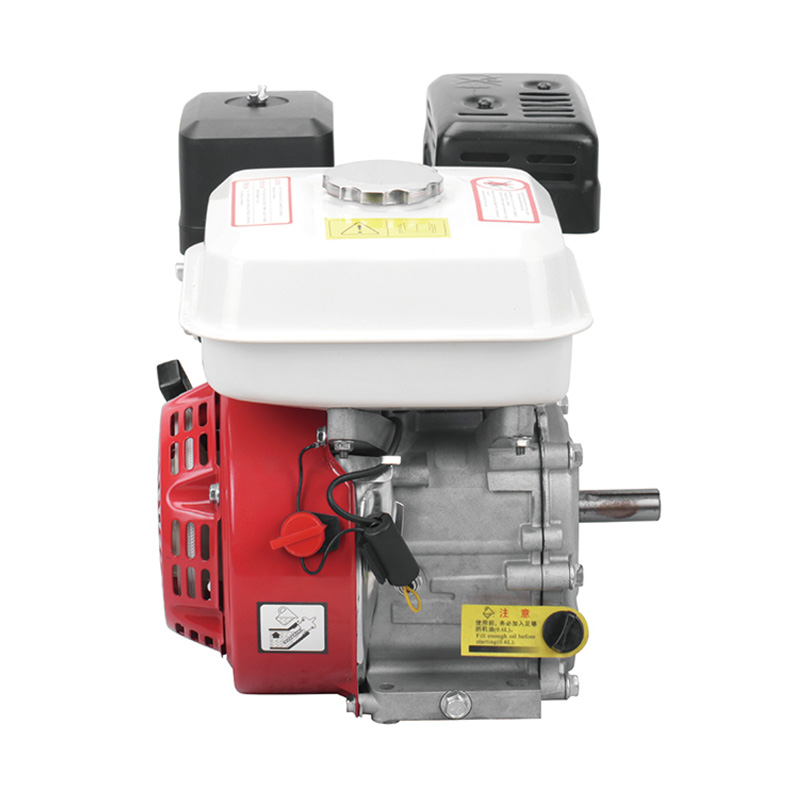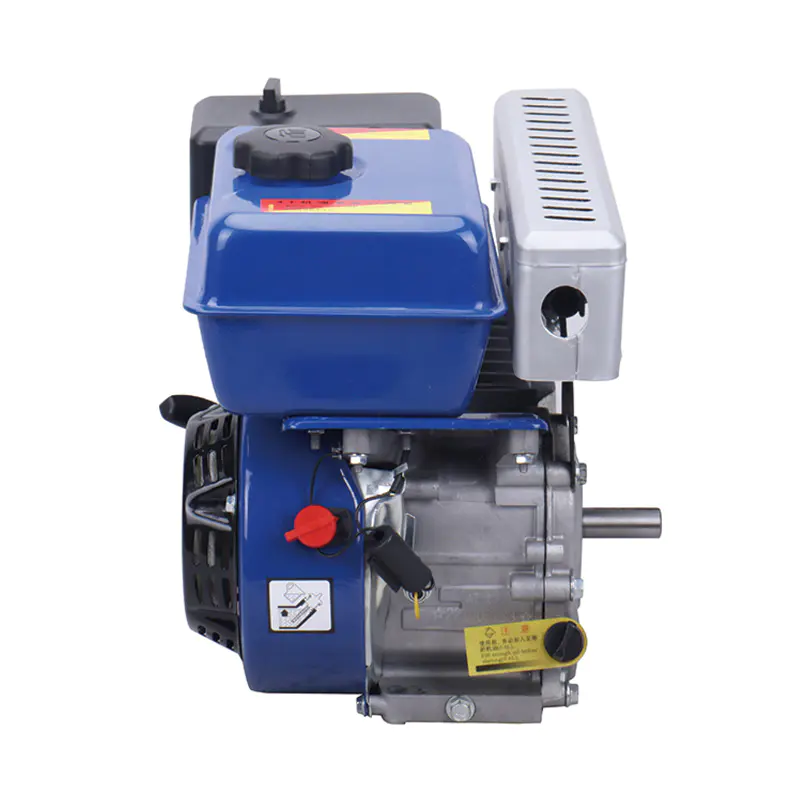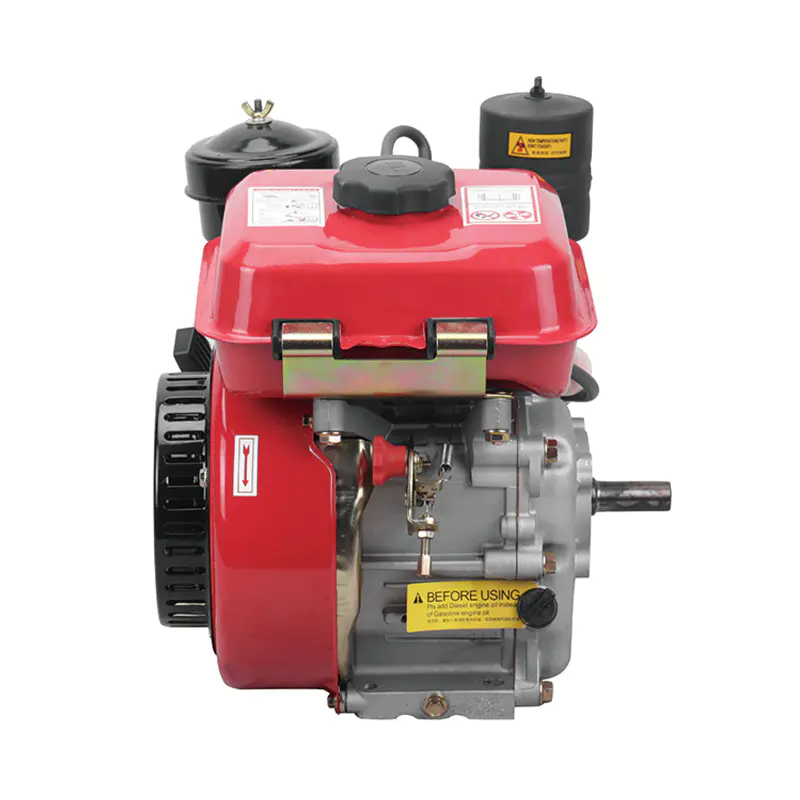High-temperature steel centrifugal pumps are widely used in industries such as chemical processing, power generation, and petrochemicals. These pumps are designed to handle fluids at elevated temperatures, often exceeding 200°C. While they are built for demanding applications, several factors require careful attention to maintain performance and reliability.
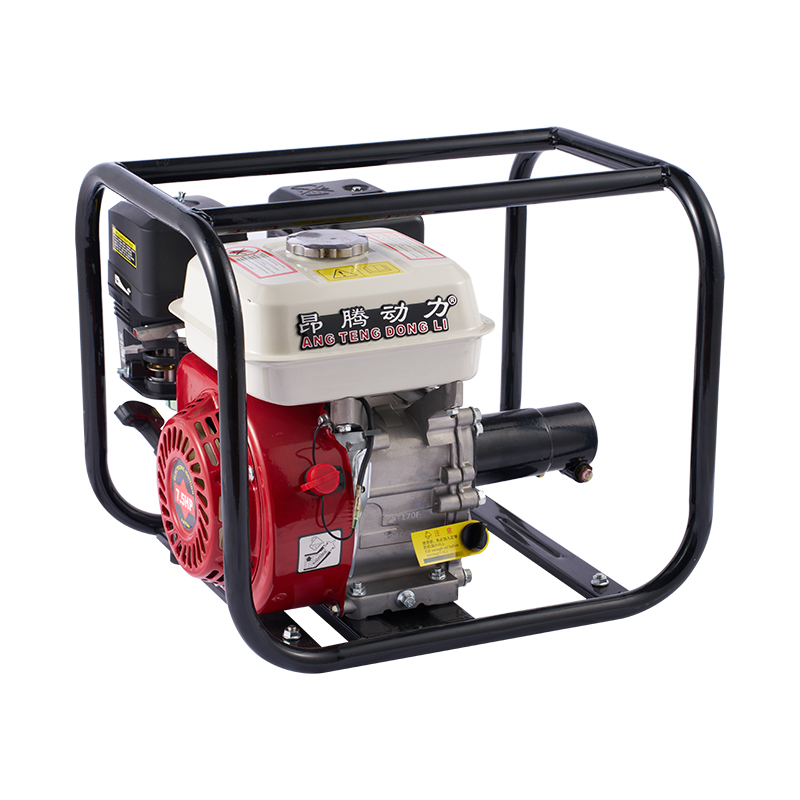
1. Material Stress and Thermal Expansion
High temperatures can cause the steel components of centrifugal pumps to expand. This thermal expansion may affect the alignment of the shaft and bearings. Proper material selection and design tolerances are essential to accommodate these changes, ensuring smooth rotation and long-term durability.
2. Seal Performance
Mechanical seals play a critical role in preventing fluid leakage in high-temperature applications. Elevated temperatures can influence seal materials, potentially reducing elasticity or causing minor wear over time. Selecting seals made from heat-resistant alloys or engineered polymers helps maintain a reliable seal and supports safe operation.
3. Bearing and Lubrication Considerations
Bearings in high-temperature pumps may experience increased wear due to heat. Lubricants need to be carefully selected to withstand elevated temperatures without losing viscosity or protective properties. Regular inspection and maintenance ensure that bearings continue to provide smooth and stable rotation.
4. Pump Efficiency
High temperatures can slightly alter fluid viscosity and density, which may affect pump efficiency. Adjustments to operating parameters and impeller design help maintain flow and pressure, ensuring that the pump performs efficiently across varying operating conditions.
By understanding these factors, operators can maximize the lifespan and performance of high-temperature centrifugal pumps while maintaining safety and reliability in industrial applications.
What Are the Performance Changes of High-Pressure Centrifugal Water Pumps?
High-pressure centrifugal water pumps are essential in industries requiring consistent water delivery at elevated pressures, such as municipal water supply, irrigation, and industrial cooling. Their performance can vary depending on operating conditions, and understanding these changes helps maintain efficiency and reliability.
1. Flow Rate and Head Variation
As pressure increases, the flow rate of high-pressure pumps can slightly decrease due to system resistance. Properly matching pump characteristics to the system ensures that flow remains consistent and meets operational requirements. Changes in fluid density or temperature may also influence the head, so continuous monitoring is important.
2. Energy Consumption
High-pressure operation typically increases energy usage. Pumps operating under elevated pressure conditions may require more power to overcome system resistance. Optimizing pump speed, impeller size, and motor efficiency can reduce energy consumption while maintaining desired performance.
3. Impeller and Shaft Load
Increased pressure can result in higher mechanical load on the impeller and shaft. This can affect bearing life and require precise alignment to prevent vibrations or wear. Selecting robust materials and ensuring correct installation helps maintain smooth operation.
4. Pump Efficiency
Efficiency may vary with operating pressure. High-pressure pumps often perform efficiently near their design point. Deviations from pressure can slightly reduce efficiency, making it important to monitor system conditions and adjust operational parameters as needed.
5. Maintenance Considerations
Frequent inspection of seals, bearings, and impellers ensures that the pump continues to operate reliably under high-pressure conditions. Preventive maintenance supports consistent performance, reduces downtime, and prolongs pump service life.
By understanding these performance changes, operators can ensure that high-pressure centrifugal water pumps deliver consistent flow and pressure, maintain efficiency, and support long-term operational stability.



 English
English русский
русский Français
Français Español
Español عربى
عربى